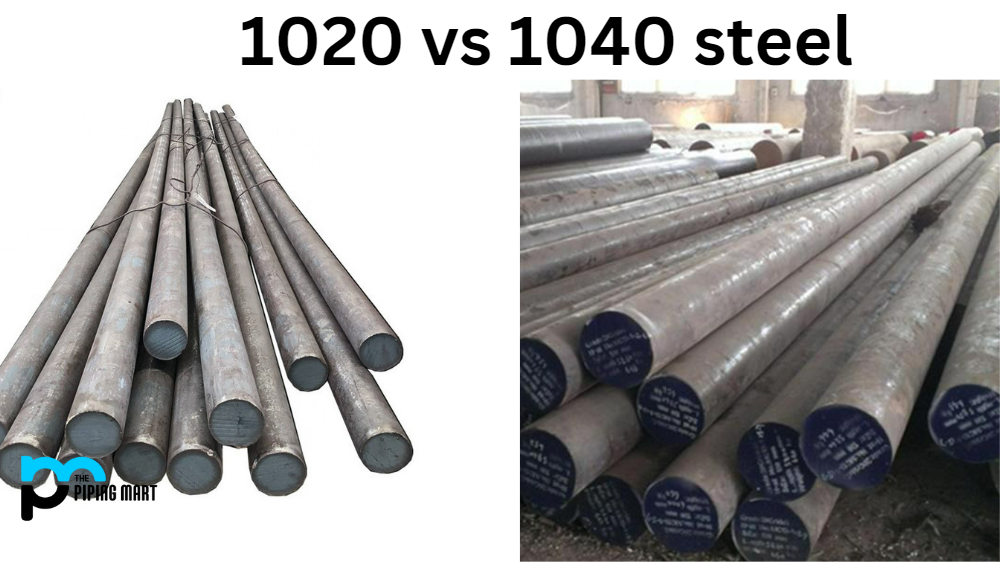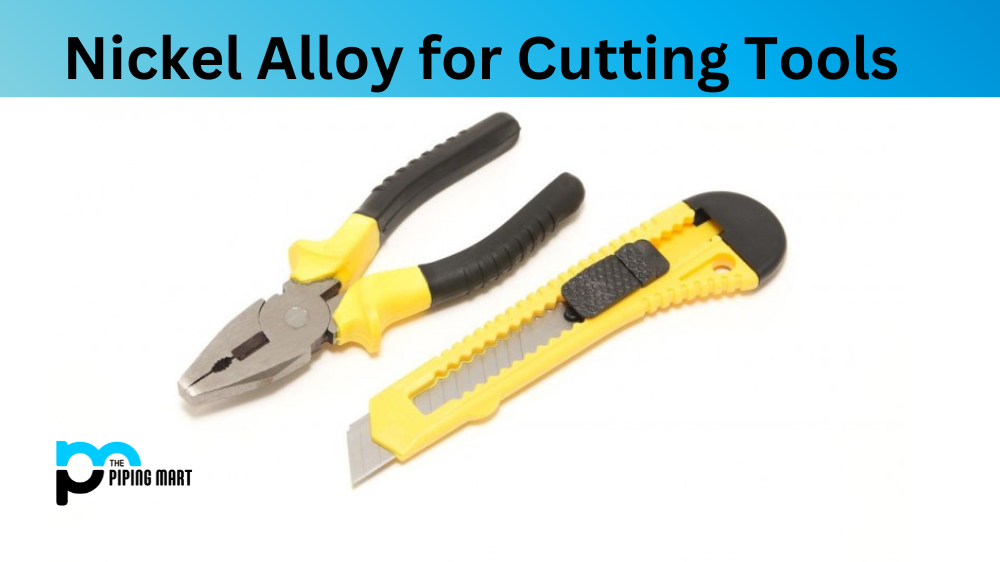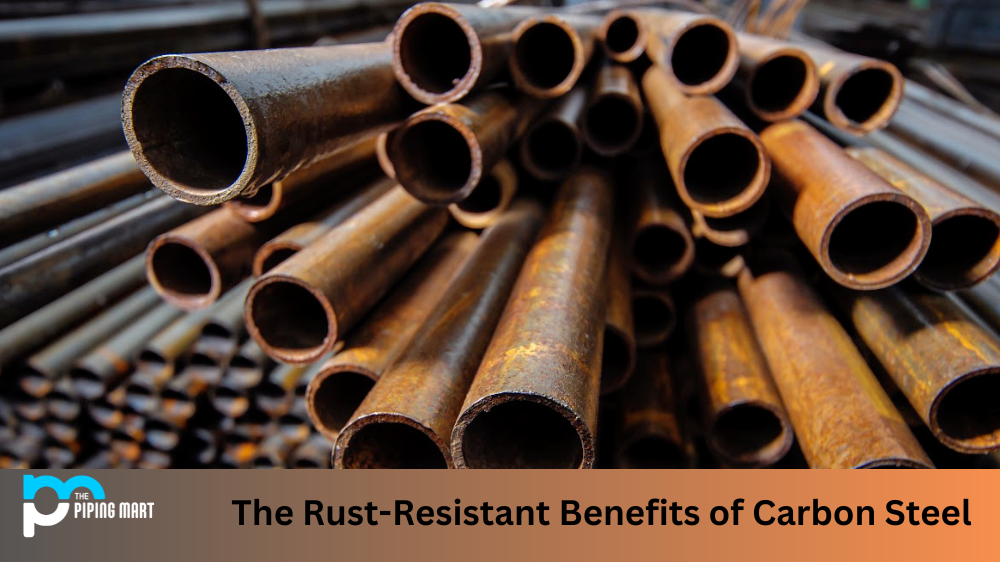Steel is a versatile and durable material that is used in a wide range of applications. You may wonder which type to use if you’re working on a project requiring steel. Two of the most common types are 1020 and 1040 steel. In this blog post, we’ll explore the differences between these two types of steel, their characteristics, and their uses.
Difference Between 1020 vs 1040 Steel
1020 and 1040 steel are both low-carbon steels typically used in applications without requiring strength and hardness. The main difference between these two steel grades is that 1020 has a lower carbon content than 1040, which gives it better weldability but reduced hardness.
Composition
One of the most significant differences between 1020 and 1040 steel is their composition. 1020 steel contains 0.18% to 0.23% carbon and 0.30% to 0.60% manganese. This type of steel is known for its excellent weldability, good machinability, and relatively low cost. In contrast, 1040 steel contains 0.37% to 0.44% carbon and 0.60% to 0.90% manganese, making it a higher carbon steel. This composition gives it higher strength and hardness, but it can be more challenging to weld and machine.
Properties
Both 1020 and 1040 steel have good ductility and toughness, making them suitable for various applications. However, due to the lower carbon content of 1020 steel, it is slightly less strong than 1040 steel. As a result, 1020 is typically used in applications where weldability is more important than strength, such as in the automotive industry.
Uses
1020 and 1040 steel are both commonly used in a variety of applications. Some common uses for each grade of steel include:
1020: Automotive parts, tubing, pipes, shafts, gears
1040: Machined parts, shafts, gears, bolts
Strength and Hardness
As mentioned, 1040 steel is a higher carbon steel with higher strength and hardness. Its tensile strength ranges from 640MPa to 790MPa, while 1020 steel has a lower tensile strength, ranging from 420MPa to 580MPa. For applications that require high strength, such as structural components or parts subject to increased stress, 1040 steel may be a better choice.
Cost
One of the significant advantages of 1020 steel is its lower cost compared to higher carbon steels like 1040 steel. This makes it an excellent choice for applications where cost is a primary consideration. However, if strength and hardness are critical factors, 1040 steel may be the better choice despite its higher cost.
Applications
The 1020 and 1040 steel characteristics make them suitable for different applications. Because of its high weldability and machinability, 1020 steel is commonly used for parts in the automotive and mechanical industries, such as axles, gears, and crankshafts. 1040 steel, on the other hand, is often used for components that require higher strength, such as industrial machinery parts, tools, and construction components.
Machinability
Machinability refers to a material’s ability to be machined or shaped into a particular form. 1020 steel has excellent machinability, making it a popular choice for parts and components that require precision machining. In contrast, 1040 steel is more challenging to machine due to its higher carbon content and hardness.
Conclusion
In conclusion, 1020 and 1040 steel have unique characteristics and advantages that make them suitable for different applications. If cost is a primary concern and machinability/weldability is critical, 1020 steel can be a great option. However, if strength and hardness are necessary or the project is under high stress, 1040 steel would be a better choice. Carefully consider your needs and factor in these differences when choosing between the two types of steel.

A passionate metal industry expert and blogger. With over 5 years of experience in the field, Palak brings a wealth of knowledge and insight to her writing. Whether discussing the latest trends in the metal industry or sharing tips, she is dedicated to helping others succeed in the metal industry.




